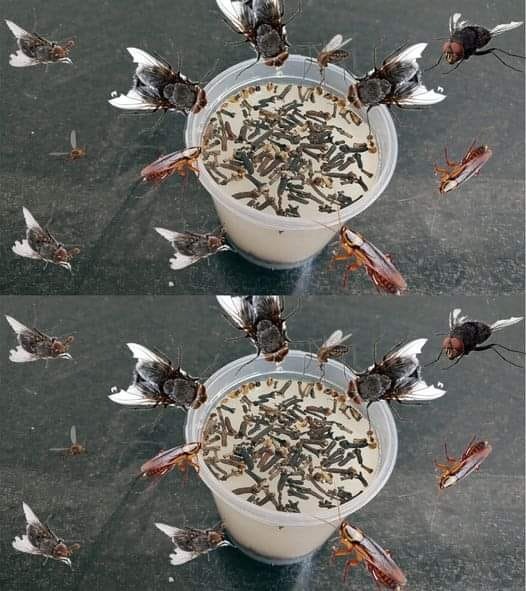How Can It Replace Pies?
Let’s clarify: vinaigrette won’t become a crust or mimic a pie’s shape. Instead, it serves as a base or filling binder in savory dishes that function like pies—such as tarts, galettes, or quiches. By adjusting its ingredients and proportions, vinaigrette can hold fillings together, add moisture, and deliver depth of flavor, without the need for heavy crusts or rich sauces.
Here’s how to turn vinaigrette into a warm, pie-replacement wonder.
How to Make a Cookable Vinaigrette “Pie Base” – Step-by-Step
Ingredients:
• 3 tbsp olive oil (or another neutral oil)
• 1 tbsp mild vinegar (rice vinegar or apple cider vinegar)
• 1 tsp Dijon mustard
• 1 egg (acts as binder)
• 1 tbsp flour or cornstarch (optional, for thickness)
• Salt and pepper to taste
• Optional: minced garlic, chopped herbs (thyme, rosemary), shredded cheese, or cooked onions for more complexity
Note: This is no longer a salad vinaigrette—this is a savory custard-like base inspired by vinaigrette.
Step 1: Blend the Base
In a mixing bowl, combine the olive oil, vinegar, and mustard. Whisk them thoroughly until the mixture emulsifies (thickens slightly and looks creamy).
This is your foundation.
Step 2: Add the Binder
Crack in the egg and whisk it into the vinaigrette mix. This adds structure—once baked, the egg will firm up, holding your fillings in place. If you want a thicker texture, sprinkle in the flour or cornstarch and whisk again.
Step 3: Season It
Add salt, pepper, and your favorite herbs or spices. Think of this as the flavor palette—you can go Mediterranean (with oregano, sun-dried tomatoes), French (with thyme, shallots), or even Asian-inspired (with ginger and a splash of soy sauce).
Step 4: Prepare the Filling
This vinaigrette mix can now be poured over chopped vegetables (like mushrooms, zucchini, spinach), meats (like diced chicken or smoked salmon), or cheeses (feta, goat cheese, cheddar). Combine all the ingredients in a pie dish, casserole dish, or even muffin tins for mini versions.
Step 5: Bake It
Preheat your oven to 180°C (350°F). Pour the vinaigrette-filling mixture into your chosen container. Bake for 25–35 minutes, or until the center is firm and lightly golden on top. A knife inserted should come out clean.
Step 6: Let It Set and Slice
Once baked, let it cool for about 10 minutes. This allows the structure to firm up. Then, slice it like a pie. It won’t have a crust, but it will have the same heartwarming feeling of a quiche or frittata—with a unique vinaigrette twist.
Why Use This Instead of Pie?
• Healthier: Fewer carbs, less butter, and no crust.
• Quicker: No need to prepare pastry dough.
• Customizable: Can be sweet or savory depending on what you mix in.
• Light: It doesn’t feel heavy or greasy.
• Creative: A fresh take on classic comfort food.
Size Doesn’t Matter – Adapt It Freely
This recipe is highly flexible. Want a bigger batch? Just double the ingredients. Want a hand-held snack? Use muffin tins. Hosting a dinner? Use a ceramic tart dish. Try adjusting the oil-acid ratio or experimenting with different flavor profiles until you find what suits you.
In Conclusion:
Vinaigrette is more than just a salad sidekick. With the right adjustments, it can evolve into a flavorful, functional component of baked dishes, offering a healthier, simpler alternative to pies. It’s light on acid, rich in flavor, and surprisingly satisfying. So next time you think of vinaigrette, don’t stop at salad—think beyond the bowl.
Would you like a sweet version of this vinaigrette pie idea too?






